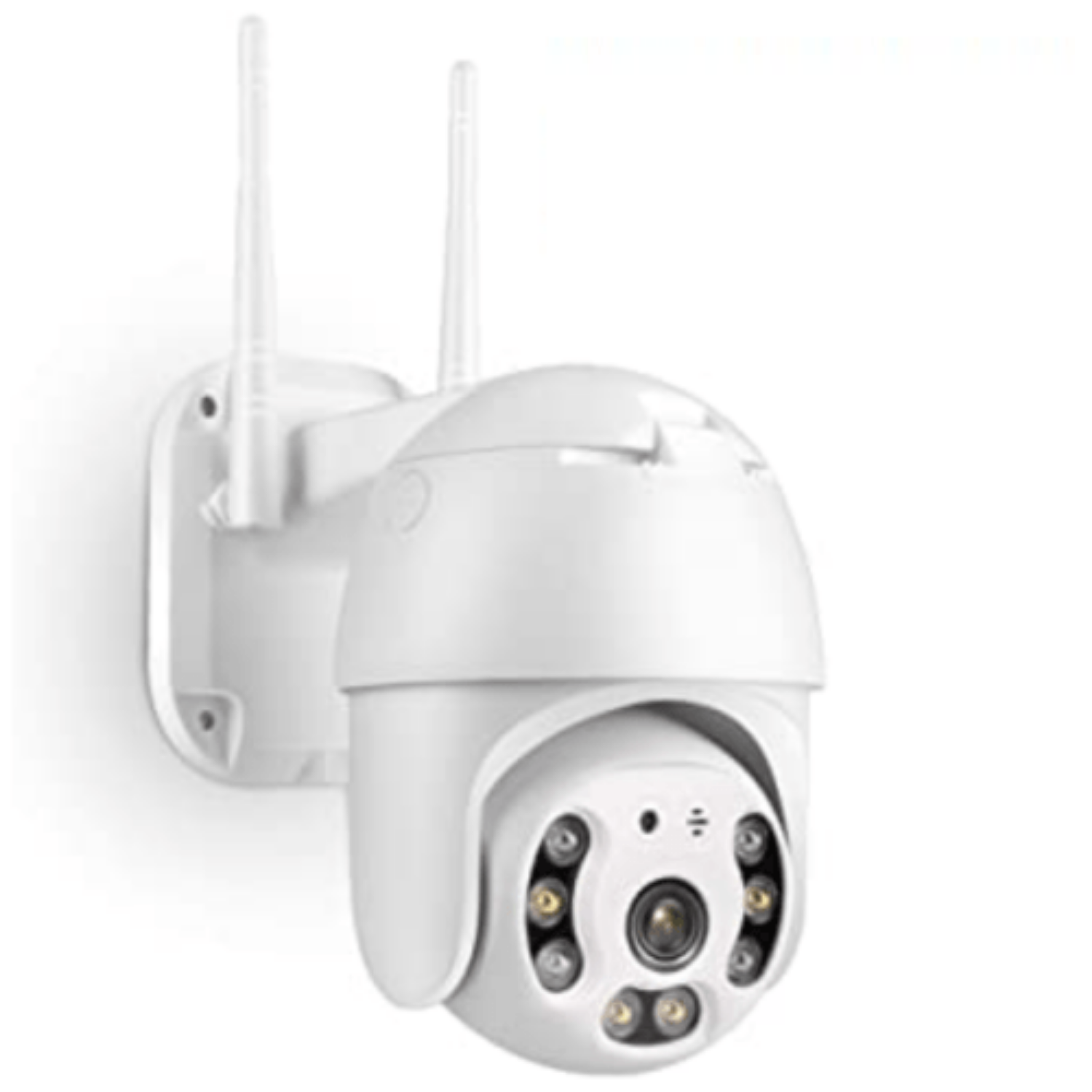

As Hikvision and Dahua, at the time, were OEM manufacturers for many international surveillance brands this cemented ONVIF as THE industry standard. In the late 2000’s many large IP video device manufacturers in China like Hikvision and Dahua adopted ONVIF as a standard. ONVIF has collaborated with the International Electrotechnical Commission (IEC) and the European Committee for Electrotechnical Standardization (CENELEC) to ensure that ONVIF protocols become the international standard for all devices involved in security and surveillance. Profile T also covers ONVIF specifications for HTTPS streaming, PTZ configuration, motion region configuration, digital inputs and relay outputs, and bidirectional audio for conformant devices and clients that support such features. Mandatory features for devices also include on-screen display and metadata streaming, while mandatory features for clients also include PTZ control.
A Profile Q conformant client is one that can discover, configure and control a Profile Q device over an IP network. An ONVIF Profile Q conformant device is one that can be discovered and configured by a Profile Q client.Profile G also includes support for receiving audio and metadata stream if the client supports those features.

A Profile G client (e.g., a video management software) is one that can configure, request, and control recording of video data over an IP network from a Profile G conformant device.


 0 kommentar(er)
0 kommentar(er)
